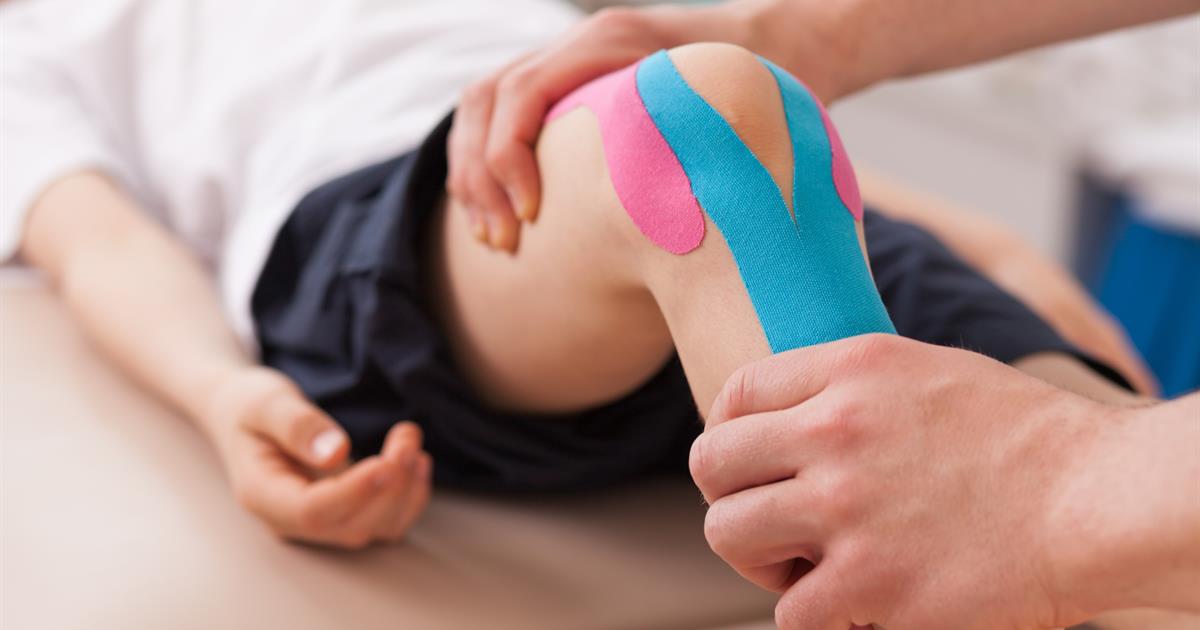Common Symptoms Of A Salter-Harris Fracture
Salter-Harris fractures are cracks or breaks in a child's bones near, through, or along the growth plate, also called the physis or epiphyseal plate. Growth plates are actually a zone or region of increased cellular activity in the long bones of children. It is where the vast majority of length is added to a long bone in a growing child. Due to the high rate of cellular activity occurring at the epiphyseal plate, they are sensitive areas and must be respected in all musculoskeletal injuries. Salter-Harris fractures make up fifteen percent of youth fractures and the vast majority, an estimated thirty-three percent, of these fractures are due to sports. Fractures in these areas are dangerous because they may impede or interfere with proper growth or joint motion. Get to know the symptoms of Salter-Harris fractures now.
Bone Displacement

It is recommended to have any suspected fracture in a child evaluated at the emergency room or doctor's office. Salter-Harris fractures are more dangerous and should prompt this response even quicker due to severe possible consequences. How does one determine whether an injury could be a Salter-Harris fracture? First, assess the injury. Remember, one-third of all growth plate injuries occur as a result of a sports injury. Also, look at the site of injury. Bone displacement consists of any irregularity in the appearance of the area of injury that is not strictly swelling. In some cases, the bone will appear crooked, and at other times, the bone may even pierce the skin. Any protrusion of the bone through the soft tissue and skin indicates a compound fracture and requires immediate surgical intervention.
Joint Swelling Or Warmth

Salter-Harris fractures specifically involve the growth plates. This places them at the end of long bones, near the joint itself. These are not fractures that occur midway along the shaft of the long bones of the arm or leg. Because they tend to be isolated near the joint proper, and at time extend into the joint itself, joint swelling or warmth may be indicative of a Salter-Harris fracture. Swelling tends to accompany any injury as the body responds by rushing additional blood flow to the affected area. Warmth may accompany this swelling due to the increased metabolic activity taking place. It's important to note fractures tend to create a quick response, with the swelling and warmth occurring very soon after an injury.
Tender Joints

It can be difficult to ascertain an injury versus exaggeration of symptoms from a child. Children are able to fake certain ailments, but while children may exaggerate their symptoms of tender joints, they rarely make it up from scratch. Unlike adults, children don't routinely experience muscle or joint pain. Therefore, they don't think to create this injury out of nothing. More likely, a child will exaggerate an injury, making it seem worse than it actually is. Tender joints are a very nonspecific sign of a Salter-Harris fracture. This means this symptom may be caused by other injuries as well. A Salter-Harris fracture may only be adequately assessed by radiographic imaging such as x-ray, MRI or CT scan. Upon imaging, a growth plate fracture is classified. Most commonly, a scale of five distinct types of Salter-Harris fractures exist. This classification system helps guide treatment and severity of the fracture.
Reduced Range Of Motion

Five Salter-Harris fracture classes exist to better define and provide recommendations for treatment guidelines. As a general guideline, a type 5 Salter-Harris fracture is the most severe fracture, and type 1 is the least severe, tending to only occur in very young children. Type 1 has a very good prognosis for proper healing. Type 5 is typically the result of a crushing injury to the epiphyseal plate, with the greatest potential inhibition of future growth. Each of the five Salter-Harris fractures has an impact on the closest joint, with some extending into the joint itself. Extending into the joint can disrupt joint cartilage and increase pain. As a result, a reduced range of motion around the affected joint is a commonly reported symptom. Injuries trigger the body's flight or flight response. This generates swelling and pain thus limiting mobility. Children quickly respond to this by protecting the joint and limiting their movements.
Inability To Bear Weight

Salter-Harris fractures are painful injuries affecting the long tubular bones in children who still have growth potential. Growth potential slows down after puberty, but there is no exact age when the possibility no longer exists. When an injury occurs to the thigh (femur), lower leg bones (tibia or fibula), or the bones of the foot and ankle, it is common for the child to be unable to bear weight. This is usually due to a combination of pain and instability to the joint. A young child may temporarily forget about their injury and attempt to walk normally. In this case, instead of a total inability to walk and bear body weight, others will witness the child's leg buckling due to pain and joint dysfunction from their walking attempts. Any inability or unwillingness of a child to bear normal weight should be taken seriously. Ruling out a growth plate fracture, or beginning proper treatment and identification of a Salter-Harris fracture, is the first step towards recovery and return to normal activities.
